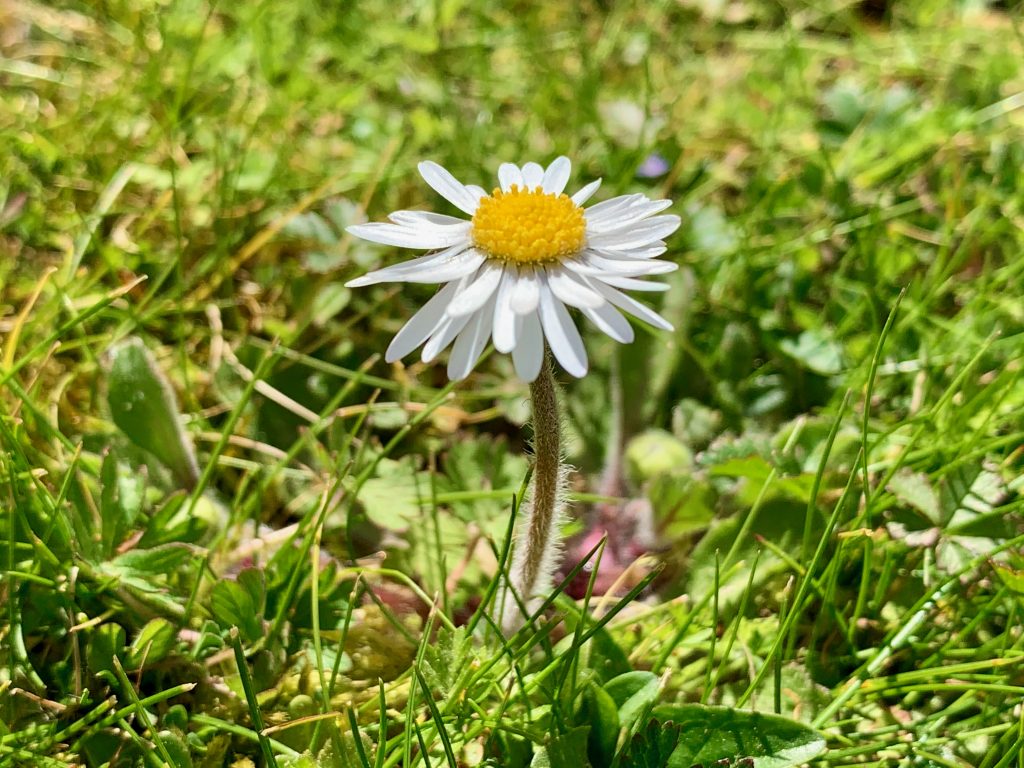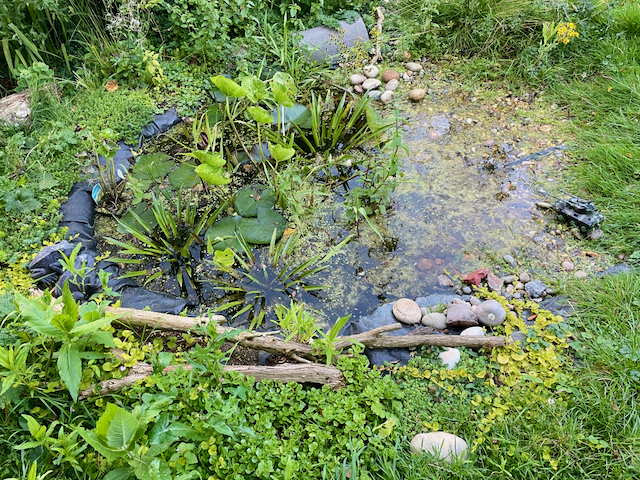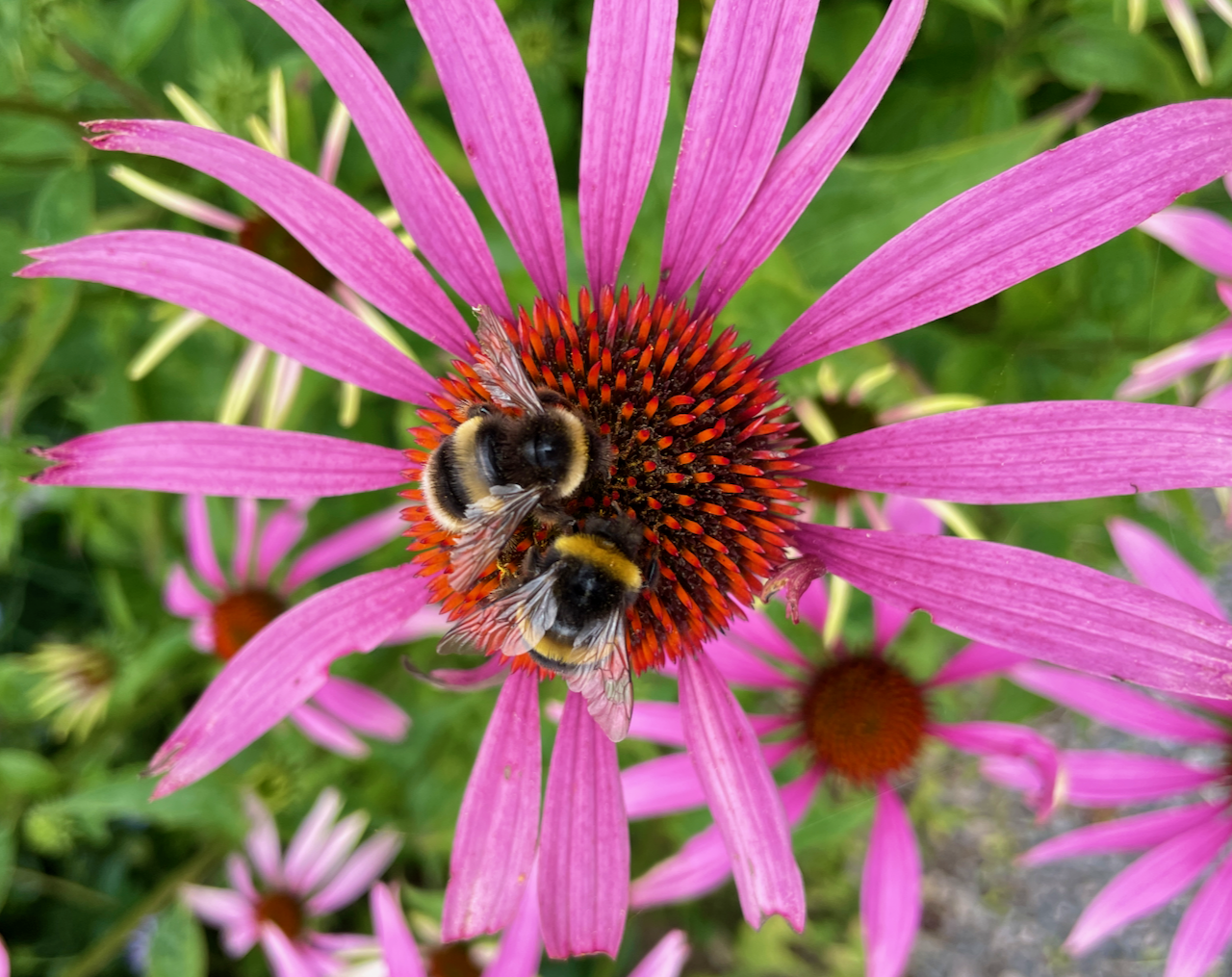We are running out of time to be kinder to nature.
Many people reported that during lockdown they spent more time outdoors than ever before. Great! But even better is that they recognise that it was nature that helped them through the tough times. And if true, isn’t it only fair to repay the favour?
Caring for nature not only helps us, but it also means you’re doing your bit locally to counteract the biodiversity and climate crisis.
1. Create a Wildlife Pond
This is hands down the best thing I’ve ever done to be kinder to nature. As well as frogs and toads a wildlife pond can attract newts, dragonflies and much more. If an actual pond isn’t possible, using an old washing-up bowl is fine (see the mini pond link below).
A pond that’s only a square metre in size could suck as much as 247g of carbon from the air every year. Though small ponds make up a tiny proportion of the UK’s land area – about 0.0006% of it – they punch well above their weight in terms of how much carbon they can bury as sediment. Half of all the UK’s ponds were lost during the 20th century, leaving many native amphibians searching for somewhere to live.
How to Create a Wildlife Pond
Choose a sunny location with some shade but ideally not directly beneath any deciduous trees. Create shallow areas around the edge of the pond (called the beach), don’t have too much hard edging which gets too hot for young amphibians, add water and native aquatic plants and ideally a log pile nearby. A solar-powered aerator will move the water and add oxygen, and whatever you do, don’t add fish or fountains to a wildlife pond. The photo above is my (second – the first wasn’t big enough!) wildlife pond in late summer. It’s still a work in progress after years and it brings us huge joy daily.
If you do nothing else, putting in a pond is the best possible way to be kinder to nature in your garden. The Wildlife Trusts have great guides for a pond and a mini pond.
2. Be Kind to Your Garden Birds
Birds are busy building the perfect homes for their chicks. As well as some easy gardening – such as not pruning bushes containing nests, and leaving some nest-building debris lying around – perhaps you have space for a bird box? I have just put one up with a camera in it! It was on my list of ’50 things to do in my 50th year or thereabouts’ and I can’t tell you how excited I am. I moved the box because it had been in its previous position for 4 years without any takers, but if yours isn’t used in the first year, don’t despair, the advice is simply to be patient. So fingers crossed.
Also, check where your bird food comes from. I was horrified to realise I was buying sunflower seeds imported from the US – all those unnecessary air miles. I now buy all my bird food from Vine House Farm, who grow their sunflowers here in the UK. Every sale supports the Wildlife Trusts, too. Yes, it’s a bit pricier but I’m happy to pay a few pence more to be kinder to nature and do my bit for the planet. There is no planet B, after all.
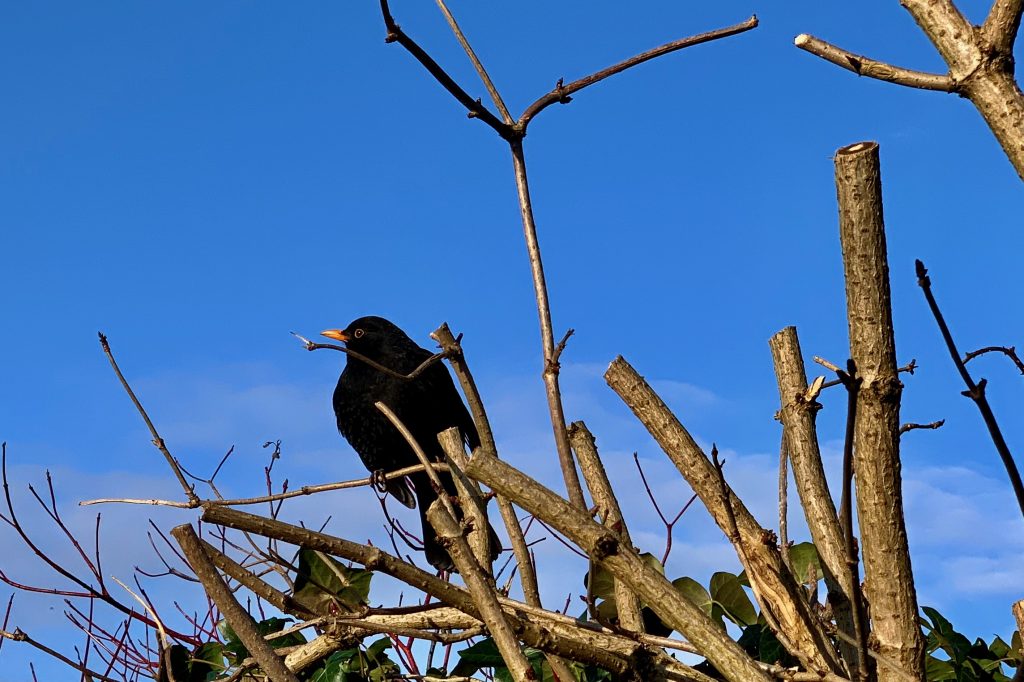
3. Make Your Own Compost
Peatlands are our most vital carbon store and they only regenerate at 1mm a year, and happily, the switch to peat-free has been widely accepted now. However, it doesn’t produce the same results and you need to supplement with extra feed and water.
Turn Waste into Wonder
So, how about turning your kitchen scraps into black gold? Composting isn’t just trendy, it’s a powerful act of sustainability and nourishment. Divert food waste from landfills, reduce harmful methane emissions, and create nutrient-rich fertiliser for your garden, all in one simple step. Imagine growing your plants and veg in the very peels and cores you once deemed waste – a beautiful cycle of transformation in your own home and garden. Plus, composting is surprisingly easy! All you need is a bin, some brown and green materials, and a dash of patience. Witnessing your kitchen scraps transform into rich, earthy compost is a satisfying reward, reminding you of your positive impact on the planet, one peel at a time.
4. Stretch #NoMowMay into #NoMowJune and Beyond
How is your lawn doing? Mine is covered in daisies, buttercups and cowslips, and earlier in the year, it was anemones, snowdrops and celandine. And moss! Have you stood barefoot on a mossy lawn? If not, you should! But, I digress…
The birds and pollinators are grateful when you put the mower away and it’s delightful to witness your lawn transform. Maintaining hyper-manicured lawns often involves petrol mowers and fertilisers which leak more carbon to the atmosphere during their production and use than the grass itself can store. And have you ever really wondered where the idea came from? Unbelievably, it was all about showing off your status within the community.
Adam Bates – an ecologist at Nottingham Trent University suggests four easy steps any gardener can follow to turn their lawn into a wildlife haven that locks away CO₂. Be kinder to nature with a wilder lawn.

a. Cut Higher
Most lawnmowers have blades that are set as low to the ground as possible, ensuring that the lawn is cut to be flat and featureless, which is no good for wildlife. Bugs and small creatures need nooks and crannies to hide from predators. Spiders in particular need something to anchor their webs to. By adjusting the blade to the highest possible setting – often around 4 cm off the ground – mowing can leave taller grass with more recesses for insects to hide in.
b. Include Mowing Gaps
Leaving longer gaps between mowing the lawn can give wildflower species the time they need to flower and provide nectar for pollinating insects to eat. By leaving a gap in spring, early flowering species can thrive.
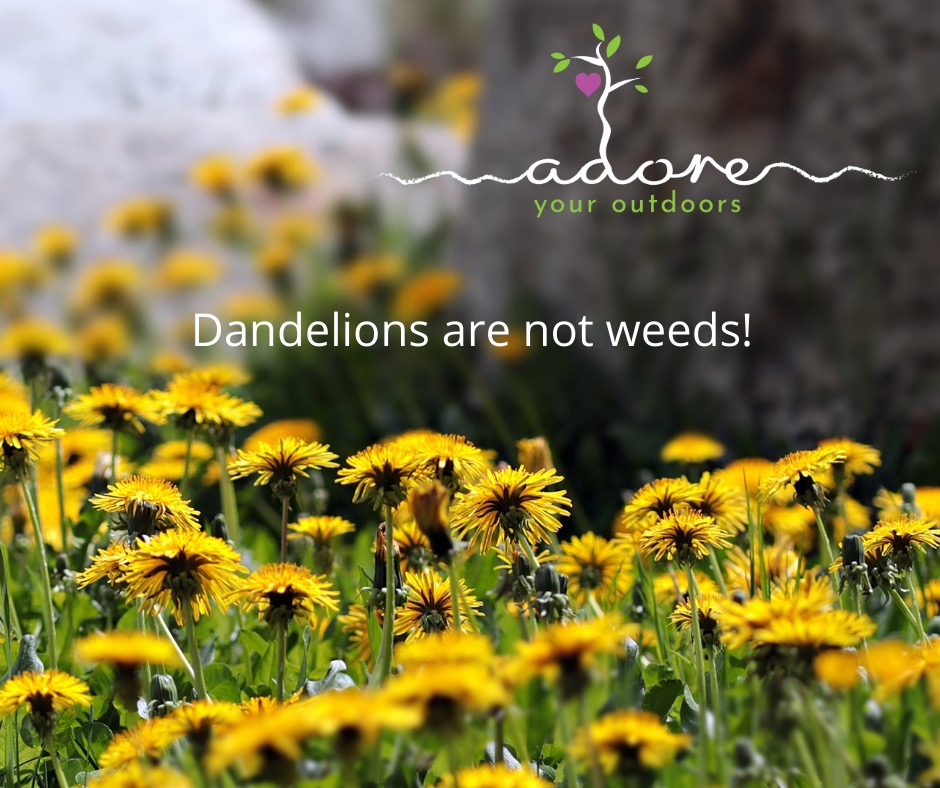
c. Avoid Fertilisers, Herbicides and Pesticides
You might expect herbicides to be a bad idea. In addition to being fatal to plants, Roundup and other glyphosate products may be dangerous to humans, and may even lead to a cancer diagnosis. Furthermore, when it comes to lawns, fertilisers are only good for ensuring a luxuriant green colour. One or two grass species will soak up the extra nutrients and outcompete everything else. To ensure a rich variety of plants can thrive in your wildflower lawn, reducing the fertility of the soil is essential. Pesticides interrupt the ecosystem and harm the environment, human health, and long-term sustainability.
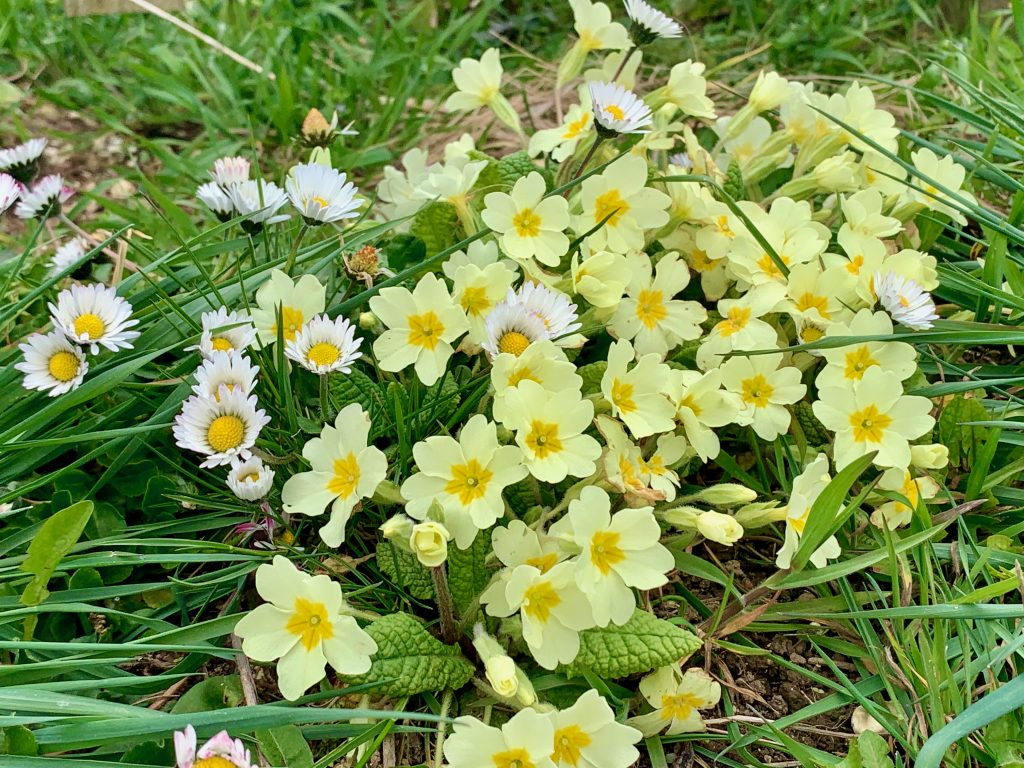
d. Remove the Clippings
By collecting the cut grass after you mow you can stop more nutrients from getting into the soil and reduce the lawn’s fertility with every cut. If you’re 100% committed to being kinder to nature, you can leave strips at the sides or patches in the corners to go wild and form small wildflower meadows. Most wildflower seeds will be carried to your garden by the wind or by birds. Though, you can buy and spread the seeds yourself.
5. Your Daily Dose of Nature
Many of us report health and wellbeing benefits after being outdoors. We de-stress, unwind, and feel energised, and our physical health is improved. Commit to doing something small for yourself in nature every day, even if it’s just for 10 minutes. Cloudwatching, some nature photography or listening to the birds is perfect. The more you value the natural world, the kinder to nature you are, and the kinder nature is to us back, in return.

6. Add More Meaning to Your Life
What does your garden mean to you? Perhaps it’s a space to entertain, to grow your own or to relax. Perhaps you have fond memories of nature hunts, spotting the first snowdrops appearing or simply listening to the bird song. Explore how nature appears in songs and stories, poems and art, or by celebrating the signs and cycles of nature. Consider the pleasure you take from nurturing your veggies and plants from seed to seedling to plant to fruit to crop. Spend some time pondering and reflecting on this, and connect with a sense of gratitude for all that your garden and the natural world within it brings you.
7. Plant for Pollinators
Spring can be tricky for pollinators as they emerge from hibernation. Try to have native pollinator-friendly flowering plants in your garden or outdoor space all year round. Potted plants and window boxes are great too. The beauty of emerging flowers is a classic sign that winter is over, providing a welcome boost to the spirits. Snowdrops, bluebells and primroses were all incredible last year. Ivy is a great species for providing much-needed food and shelter for insects such as bees and butterflies in autumn and winter, so let it be. And contrary to what we were always told, it does not damage trees.
8. Join or Create a Community
Sign up to your local Wildlife Trust and volunteer – they always need help managing sites or running events. Furthermore, if you’re able to, why not be kinder to nature and get involved in setting up a Team Wilder in your local area? I am part of our local Sustainability Group and find it a great comfort to meet with others on your wavelength.
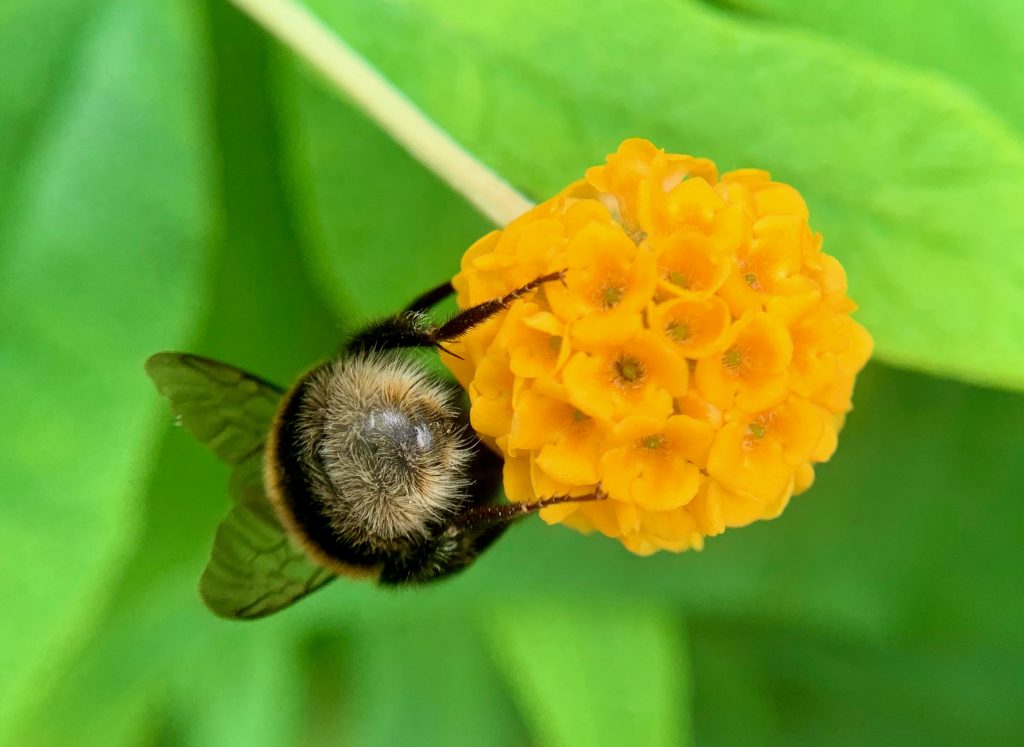
9. Go Wild with 30 Days Wild
The time is now! Enrol in 30 Days Wild before 1st June and commit to doing one wild thing a day throughout June. That’s 30 simple, fun and exciting Random Acts of Wildness.
10. Be Kinder to Nature by Feeding your Wild Visitors
Keep bird feeders and water bowls regularly topped up and remember to wash all equipment frequently too. To attract a range of garden birds try sunflower hearts, soaked mealworms and raisins, soft apples and pears, and even mild grated cheese. Avoid bread and whole peanuts in spring as these can be a choking hazard if adult birds feed them to their young.
Do you have hedgehogs or even foxes? How would you feel about helping them by leaving out food? Hedgehogs like dried cat or dog biscuits (and absolutely not milk) and foxes like whole eggs. Of course, don’t try to tame them but leave the food out and set up a wildlife camera. It is so exciting to come down and watch last night’s footage or even watch it on an app!
Would You Like to Develop Your Connection to Nature?
There are so many more things you can do to be kinder to nature. If you want more inspiration, the Wildlife Trust has loads of ideas. I’d love to hear how you are helping the natural world, however big or small the action. Get in touch.
 If you want help to deepen your connection to nature even further, which is proven to result in more pro-nature behaviour, check out my online and in-person experiences.
If you want help to deepen your connection to nature even further, which is proven to result in more pro-nature behaviour, check out my online and in-person experiences.
While not mainstream in the UK, one method of Nature Connection that’s gaining in popularity is known as Forest Bathing (meaning ‘absorbing the forest atmosphere’). It is now prescribed by social prescribers in the NHS as a green social prescription.
Undeniably a consequence of the proven benefits, which include long-lasting stress reduction, boosted immunity and enhanced sleep. To get the most from an online experience, all you need is a quiet-ish outdoor space and appropriate clothing and you can be doing this all year round (and beat SAD just as I did). The choice is yours.
All images are my own – all rights reserved.
